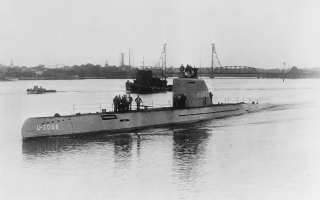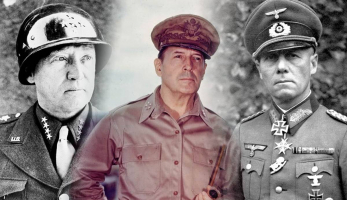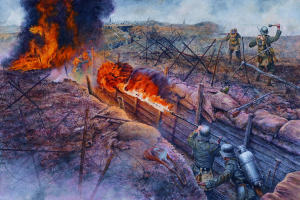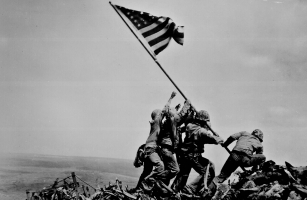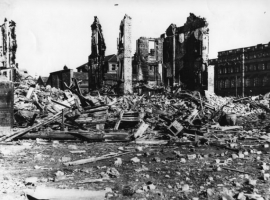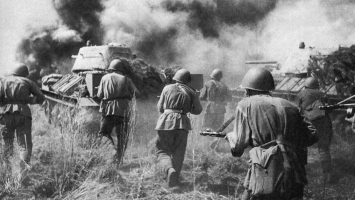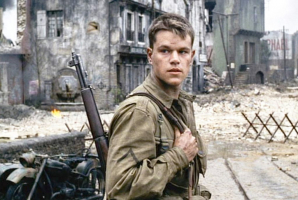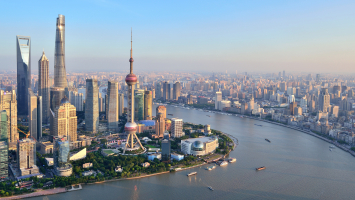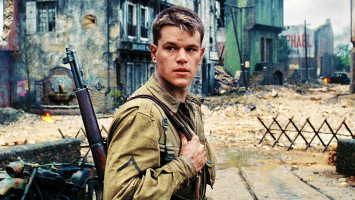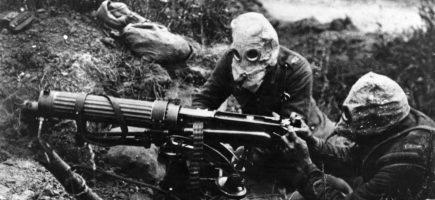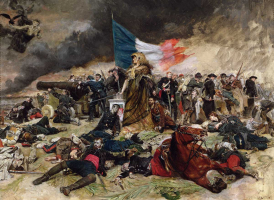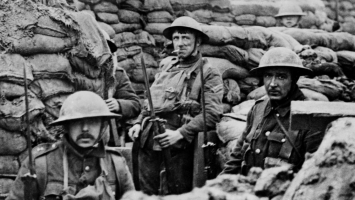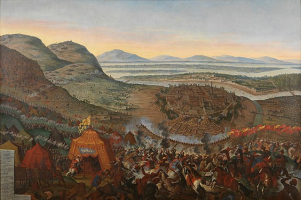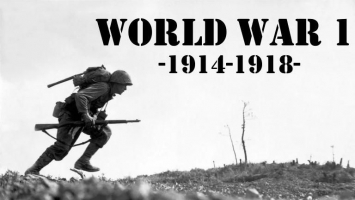Top 10 World War II Myths That You Believe Because of Hollywood
Despite having been long disproven, many continue to be believed by the public. It has never been simple to fight Hollywood when trying to change the course of ... read more...history. Here are some fallacies about World War II that the entertainment industry has either perpetuated for a long time or originated.
-
Hitler did not just make a mistake when he invaded the Soviet Union in June 1941. It was the first in a string of errors that continued for the duration of the conflict. German invaders didn't bring any winter gear or uniforms because they thought the war would be over quickly. They had good reason to anticipate this because up to that point, all of their land campaigns had been productive, successful, and finished swiftly. Of course, the conflict with the Soviet Union disregarded that standard, but it was not Hitler's biggest error.
His decision to declare war on the United States in December 1941 in line with how he saw the Tripartite Pact was that error. Fascinatingly, the Japanese did not return the favour and instead declared war on the Soviet Union, which was at the time at war with Germany. Despite the fact that American President Franklin D. Roosevelt did not identify Germany or Hitler in his declaration of war on Japan, Hitler nonetheless declared war. Japan was the target of American indignation rather than Germany. Roosevelt and the US had an easier time entering the war and deciding to attack Germany first thanks to Hitler.
Hitler's hasty action insured that the Allies would take control of the Atlantic shipping lanes and that his foes would be armed by the American industrial strength. The Germans then faced the biggest industrial economy in the world while already being in a death grip with the Soviet Union. A protracted and deadly war was promised by his attack on the Soviet Union. He was certain to lose it because he declared war on the United States.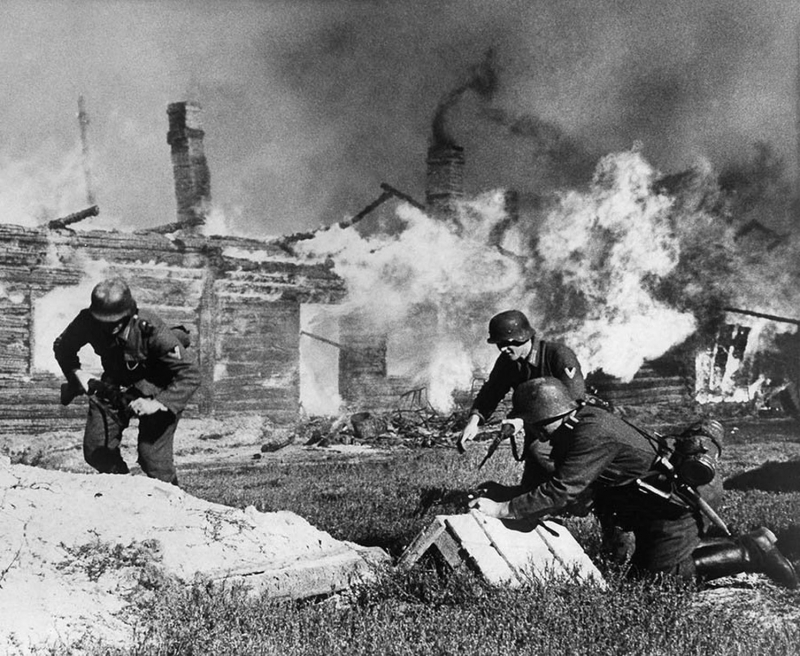
https://www.dailystar.co.uk/ 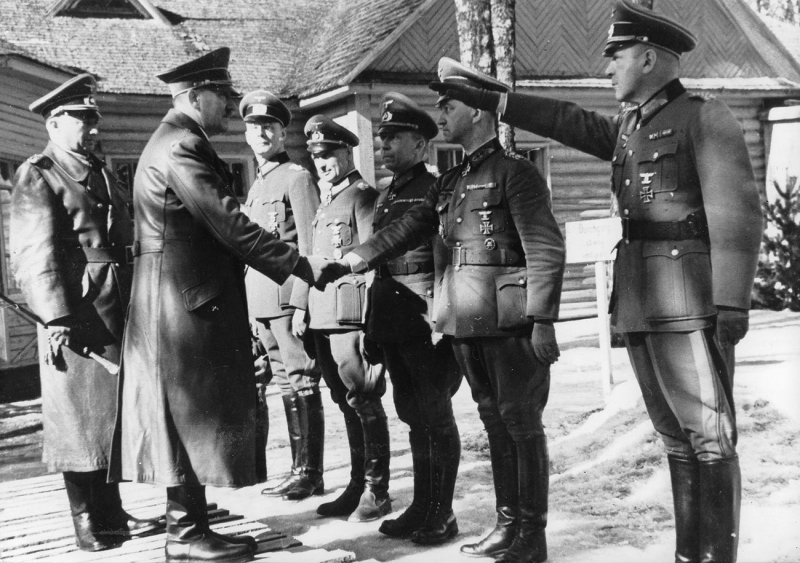
https://www.rbth.com/ -
Because of the atomic bombs that were dropped on Hiroshima and Nagasaki, the Japanese were forced to surrender. Every movie that depicts the conclusion of the Pacific War makes this claim. In many, a picture of a mushroom cloud appears before shots of revellers in Times Square. The fact that the two atomic bombings were not the two most catastrophic bombing attacks on Japan during the war is not mentioned. Bombing strikes, particularly the feared fire bombings that frightened the populace, had already destroyed over 60 Japanese cities.
Despite the fact that Japan's surrender was ostensibly unconditional, there were a number of considerations that made it possible for them to accept it. The first was the power to preserve the Emperor's throne. Another was the Soviet Union's troop pullout after it invaded Manchuria and declared war on Japan. For the Japanese, who had already lost their fleet and the most of their air forces, the Soviet invasion resulted in a battle on two fronts.
Even though Japan was already defeated before the atomic bomb was detonated, the two bombings and the prospect of additional ones undoubtedly contributed to their decision to end a conflict they were plainly losing. They lacked food, oil, and several medications. Even the most fervent warmonger among them could see by that point that the Americans would not back down and that the Russians were on their way. In the end, it was the emperor who consented to abdicate and make his first speech to his subjects.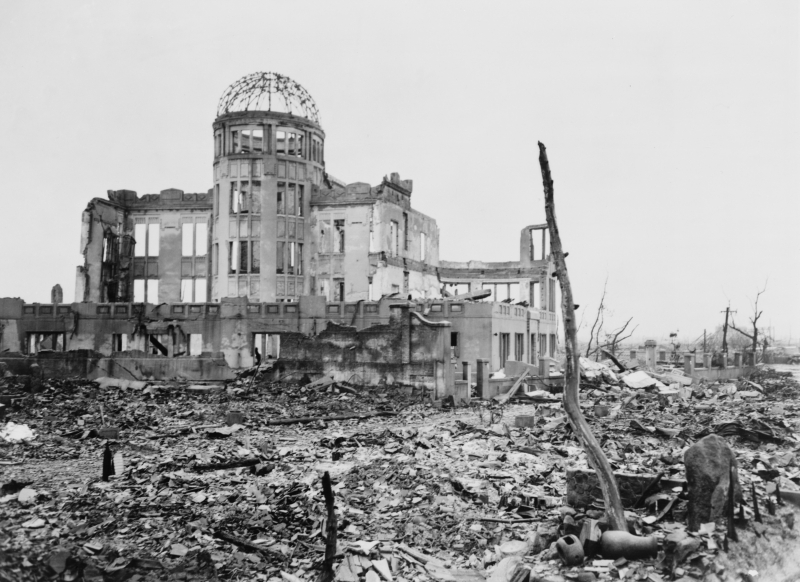
http://www.americamagazine.org 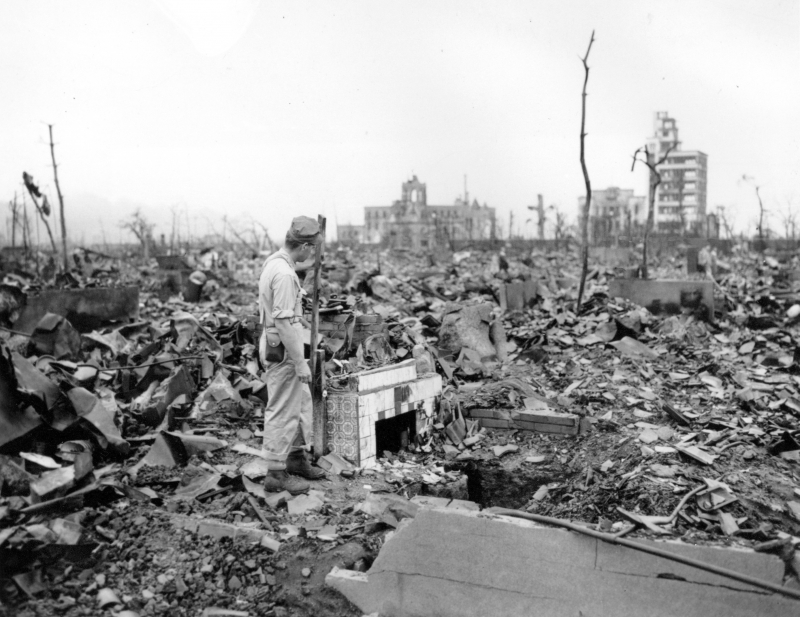
https://www.history.com/ -
As the scope of German War Crimes became more widely known starting in the 1950s, the myth of the pure Wehrmacht began to take shape. The myth claims that the Gestapo and the Waffen SS perpetrated war crimes throughout Europe without the Wehrmacht's involvement or even knowledge. It is supported by movies and television shows. By the way, the term "Wehrmacht" refers to the German military, which during World War II included the Luftwaffe, Heer, and Kriegsmarine (Air Force).
The Western Allies in postwar Europe had to fortify their positions as it became clear that the Soviets had no intention of leaving the nations they had occupied during the conflict. It was encouraged to form a West German army. The German military was cleared of any wrongdoing for war crimes committed during the conflict with the help of western authorities, particularly Eisenhower, who placed the whole burden on the Nazi SS and Gestapo. The need for a "clean" Wehrmacht during the Cold War gave birth to it.
The myth still exists, but it is untrue. From the very beginning of the fight in Poland in 1939, Heer soldiers committed war crimes against civilians. They were justified as being essential for defence against partisan attacks or as simply following orders, but they were nevertheless war crimes that were voluntarily carried out. Of course, not all German soldiers were war criminals. However, every component of the German military and its paramilitary organisations did.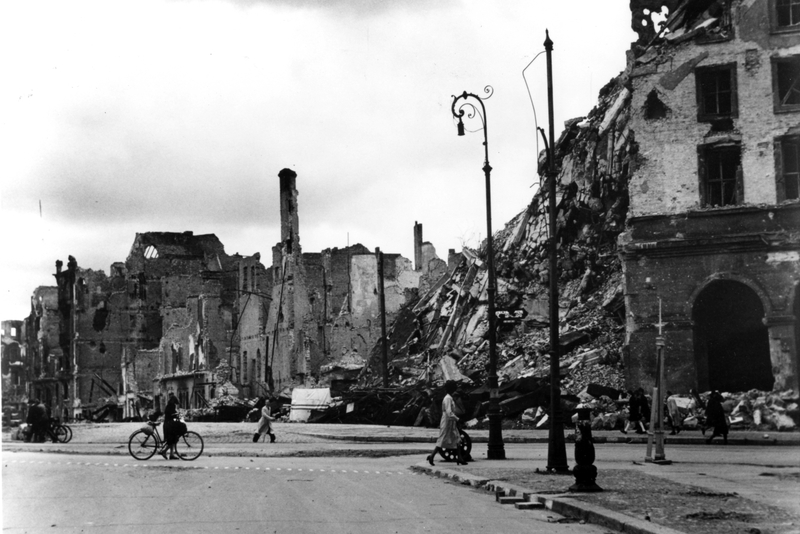
https://www.trumanlibrary.gov/ 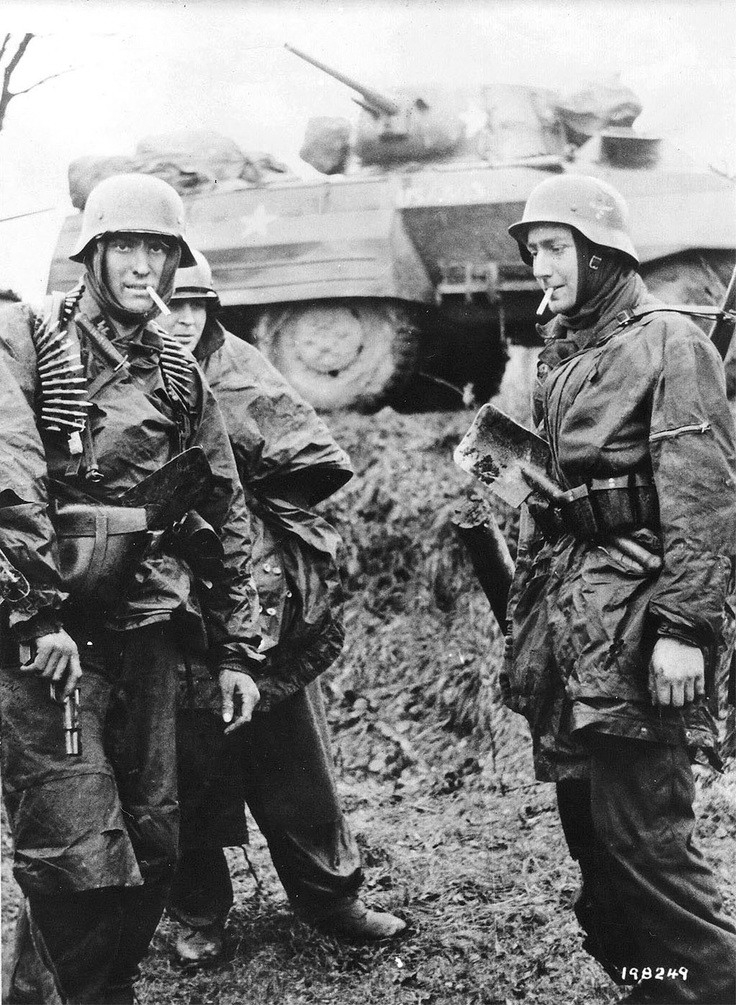
https://www.militaryimages.net/ -
The British had a number of advantages during the aerial campaign known as the Battle of Britain, which sought to force Britain to submit or risk invasion. The RAF was able to scramble fighters and direct them to intercept approaching German aircraft thanks to Britain's advanced early warning radar, communications, and control system, which was the first and possibly most important factor. The British had a distinct edge thanks to Chain Home stations, which became operational right before the war and allowed them to hold aircraft on the ground until they were needed rather than using up valuable fuel on patrols.
The majority of the air-to-air fighting that occurred during the war occurred in British airspace. Most of the men who had to bail out and abandon their aircraft landed in Britain or Scotland or neighbouring waterways. Pilots in the RAF may immediately resume their duties after any injuries had healed. German pilots who were taken prisoner of war were finally brought to Canada for the duration, with the majority of them. German aircraft used a lot of fuel just to get over Britain, which reduced the amount of time they could spend fighting before they had to break off and head back to base.
The Battle of Britain, which was won decisively by the British and humiliated Herman Goering's Luftwaffe, was named after yet another Winston Churchill speech. Although there are still many myths and misconceptions about this conflict, David never faced off against Goliath. During the battle, the RAF had nearly the same number of fighter pilots flying for them as did the Germans—2,900. About 20% of those 2,900 people, including American volunteers, exiled Europeans, and imperial pilots, were from countries outside than Britain.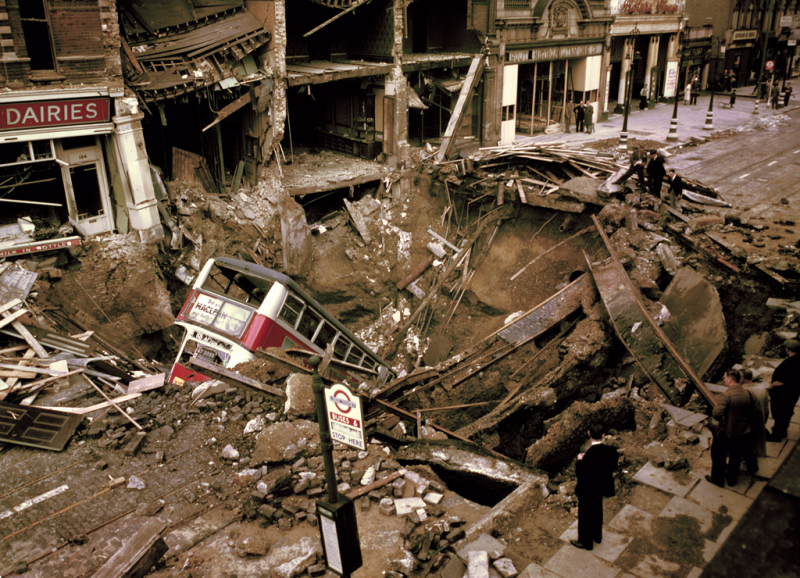
http://iliketowastemytime.com 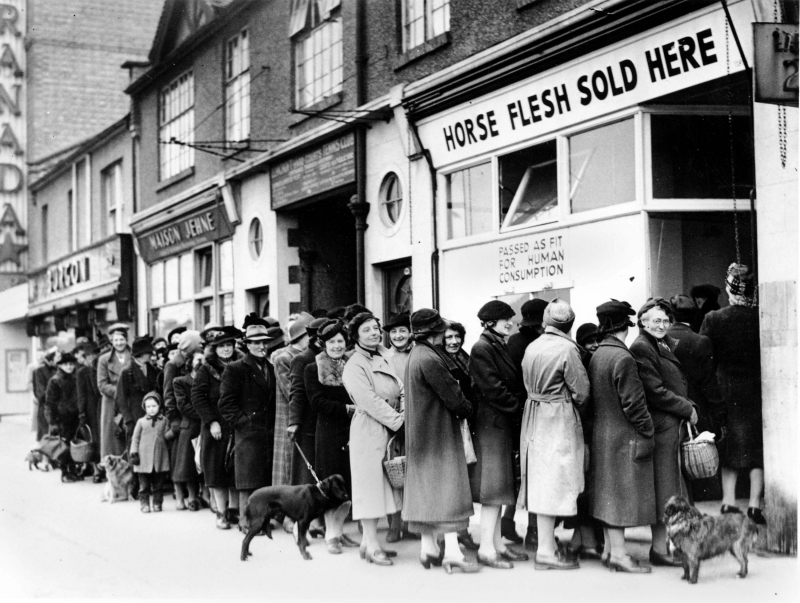
https://flashbak.com -
Emphasis is placed on the British fighting alone against the power of Germany and their Italian allies in film after film depicting the surrender of France and the start of the Battle of Britain. With his remarks to Parliament and the British people at the time, Churchill started the myth of Britain's lone resistance to what he called Nazi tyranny. He was actually addressing the American people in many of them, intending to capitalise on the nation's long-standing compassion for the underdog through his speech.
But once the French surrendered and they withdrew from Dunkirk and other Channel ports, Britain did not remain the only power. More over 25% of the world was covered by the British Empire in 1940. Britain had access to manpower and resources from places like Canada, India, Asia, South Africa, Rhodesia, Australia, New Zealand, and its Caribbean island possessions, among other places. The empire had enormous stores of food from all over the world, rubber, coal, iron ore, and oil.
The idea that Britain stood alone was developed as a result of Churchill's rhetoric and the jingoistic recording of history in the immediate post-World War II period. Simple fact-checking indicates that the tale is romantic nonsense. Even the rightly revered RAF pilots weren't just British men fighting Hitler all by themselves. During Britain's "Darkest Hour," pilots from South Africa, Rhodesia, the Netherlands, Poland, France, Belgium, Canada, and even volunteers from the United States all flew with the Royal Air Force.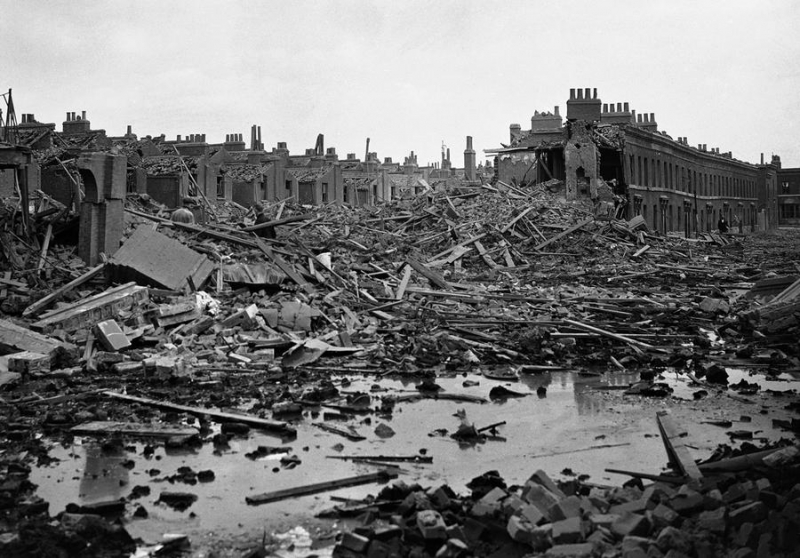
http://www.theatlantic.com 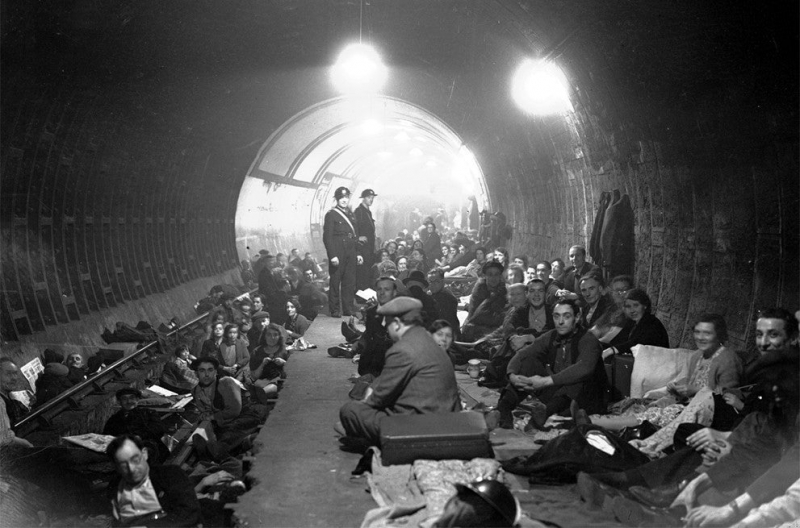
http://shop.rhinegold.co.uk/ -
The biopic Patton, which won an Academy Award in 1970 and starred George C. Scott as the colourful American commander, depicts the German foes becoming obsessed with his whereabouts. The image presented is of a German command structure that was preoccupied with the actions of the Allied general they considered to be the most dreaded. Patton surely would have approved of such a portrayal. But post-war research has long shown that the Germans did not regard Patton with the same respect. In reality, they paid him very little attention before he took over command of the US 3rd Army in 1944.
One of the first American commanders to have a press officer on his staff, Patton was a master at self-promotion. He often donned riding breeches and boots, ivory-gripped pistols, and a beautifully polished helmet with his general's stars conspicuously displayed. He also dressed flamboyantly. He personally shot two mules that were blocking a bridge in Sicily with his pistols, and he made sure the war reporters accompanying his forces were informed of the incident.
The Secret of Victory, a book Patton penned in between the two World Wars, stated that "the leader must be an actor... He cannot be convincing until he acts the part. Throughout World War II, Patton played the part, frequently to the chagrin of his superiors. But rather than becoming a commander they feared more than any other, his German foes merely saw him as a prima donna.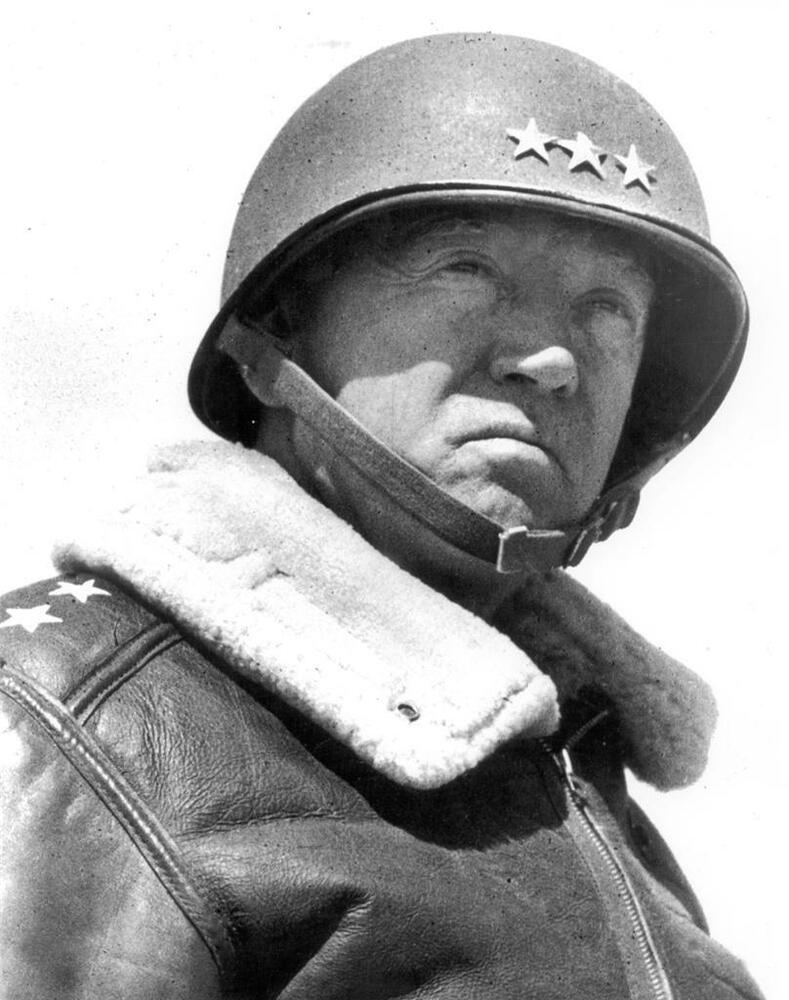
http://www.ebay.com 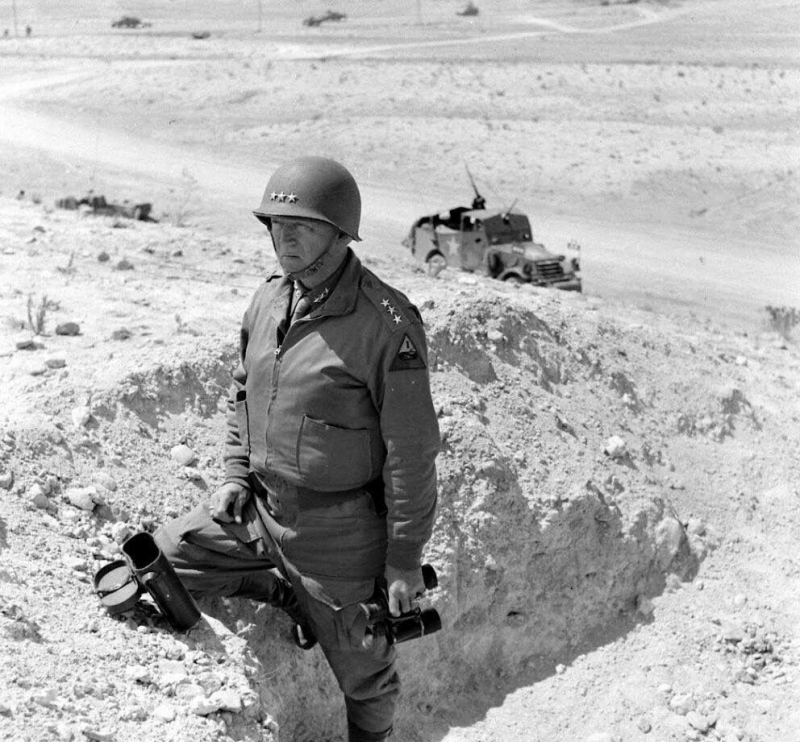
http://www.ebay.com -
Erwin Rommel, possibly the most well-known German general during World War II, was not a member of the Nazi Party, it is true. However, it is also true that Rommel was a close friend of Hitler's for a long time and even oversaw his personal protection during the Polish war. He is commonly portrayed in movies as the great German Afrika Korps commander. His 1,400-mile withdrawal to avoid the British armies' numerically superior forces was his most masterful manoeuvre.
Rommel's mythology was first spread to the German people as propaganda by Josef Goebbels to boost morale throughout the war. After the war, British and American sources helped to spread the legend of his skill on the battlefield and his involvement as a "good German," that is, as a professional commander and gentleman. The Western Allies in post-World War II Europe needed the distinction as rationale for reactivating the West German Army, which they saw as essential for the Cold War.
In the early stages of the war, Rommel did lead brilliantly in France and North Africa. He also oversaw the majority of the Atlantic Wall's construction, which was part of Germany's fortifications against the Allied invasion of France. Nevertheless, he backed Hitler wholeheartedly for the majority of the conflict and opposed killing the Fuhrer. His legend was largely created as a result of German propaganda, Churchillian rhetoric, and coordinated Allied history revision in the years following World War II.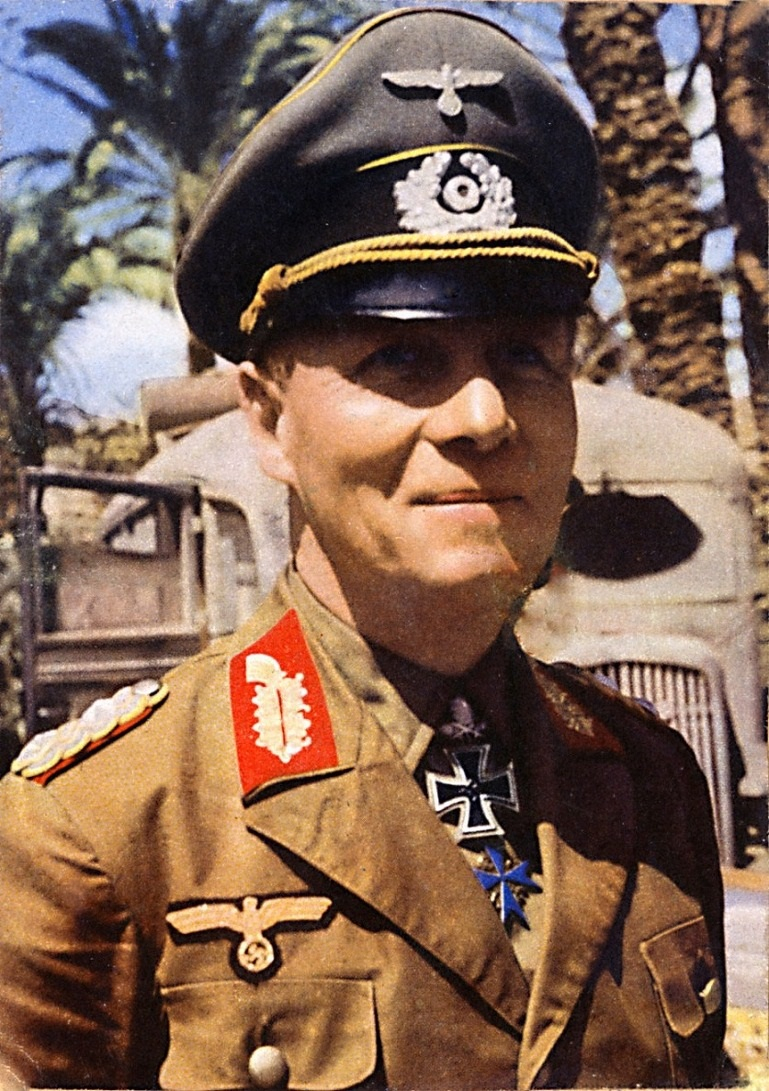
https://worldwartwo.filminspector.com/ 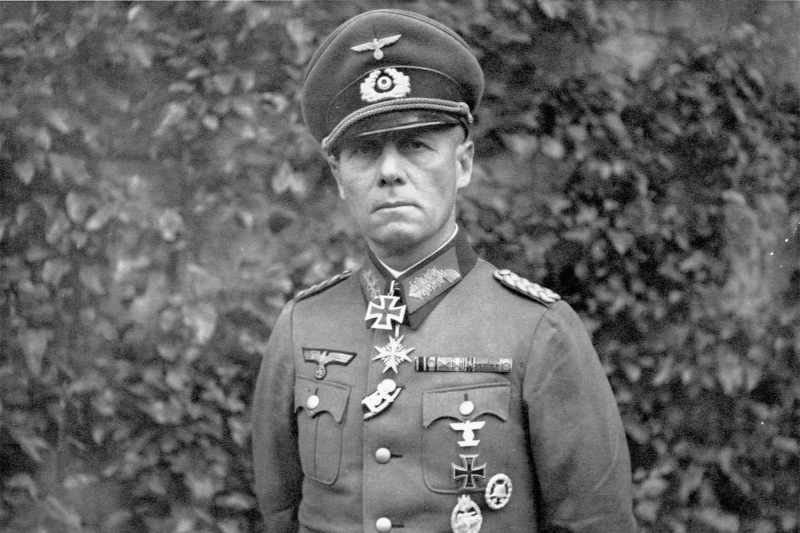
http://www.military.com -
Conscription in the United States for World War II started in 1940, just over a year before the attack on Pearl Harbor brought the country into the conflict. There was a small spike in enlistments after that attack, but by early 1942, the conscription had become the only way to join the US military. A draught number was given to each American who registered for the draught.
Induction numbers were chosen in a lottery that involved random drawing. Those chosen were told to show up at their induction draught boards. Conscripted, or drafted into the military on the basis of necessity rather than patriotism, made up two thirds of the American men who fought in the war. During the Vietnam War, by contrast, nearly one-third of the troops were drafted.
The majority of the time, local draught boards made the decisions about draught exemptions. They were made up of notable local politicians and businesses. Resistance existed, and systemic abuses were frequent, as they were in all wars where conscription was employed to enlist American troops.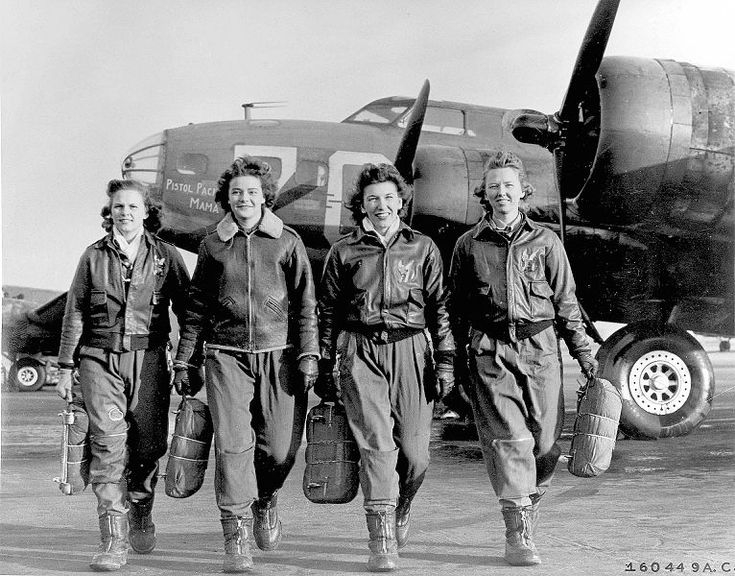
https://www.pinterest.com/ 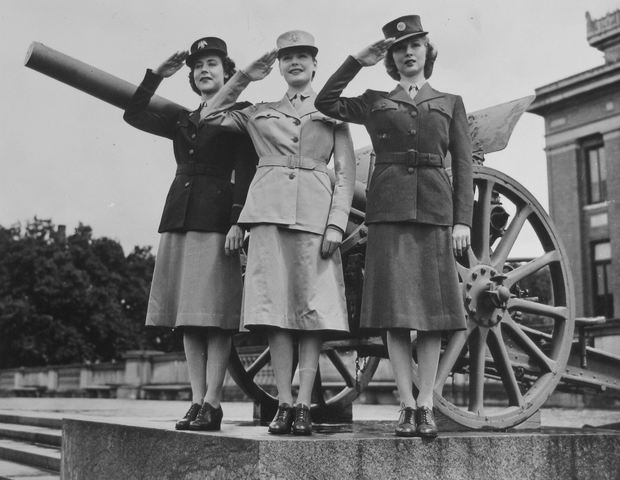
https://media.timetoast.com -
Films about World War II continue to reflect the perception of the German Army as a massively mechanised, armoured juggernaut, which emerged in the media during the early stages of the conflict. About 135 divisions made up the German Army (the Heer) at the start of the conflict. 16 of those divisions had complete mechanisation. The others possessed a few motorised vehicles, including motorbikes for messengers and staff cars for officers.
The horse-drawn German army that quickly swept across the majority of Eastern and Western Europe was reliant on animal transport to deliver its supplies, heavy weapons, equipment, and ammunition. The French had more tanks, the majority of which were more powerful than their German adversaries, when the Germans invaded France in 1940. Additionally, they had almost the same amount of men and more heavy artillery.
The very inventive strategies created and used by the Heer, along with the air supremacy attained by the Luftwaffe, helped the Germans to defeat the French in a relatively brief campaign. The picture of the heavily mechanised German Army crushing its foes with sheer numbers of tanks and armoured vehicles endures, nevertheless. Throughout the conflict, between 75 and 80 percent of German combatants relied on rail and animal transit to and from the front lines.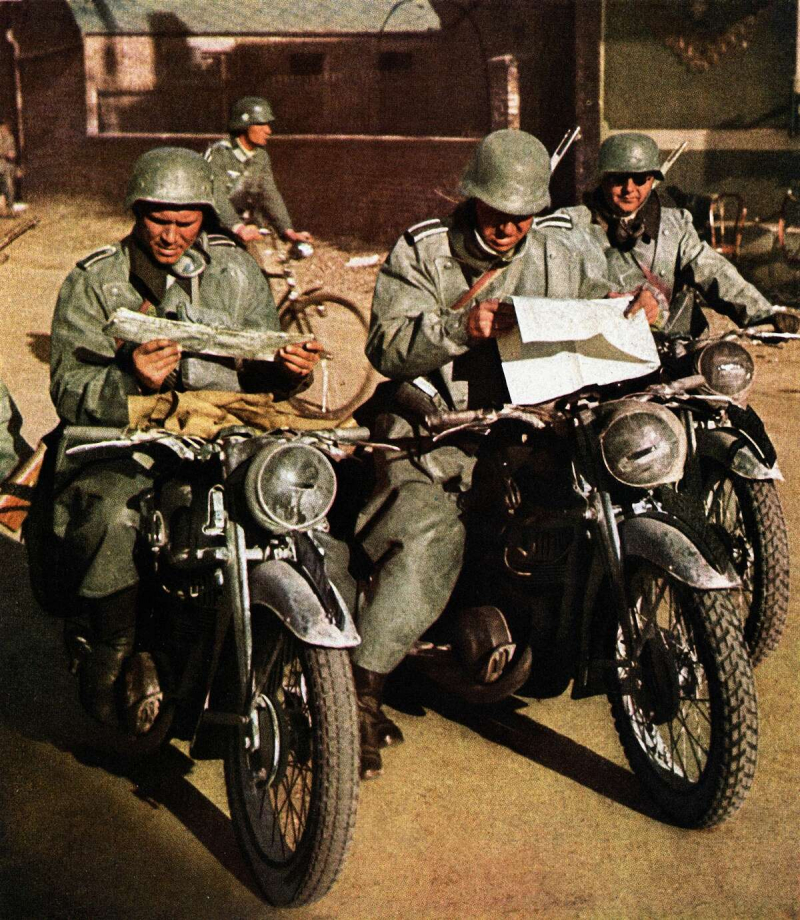
https://www.seattlepi.com 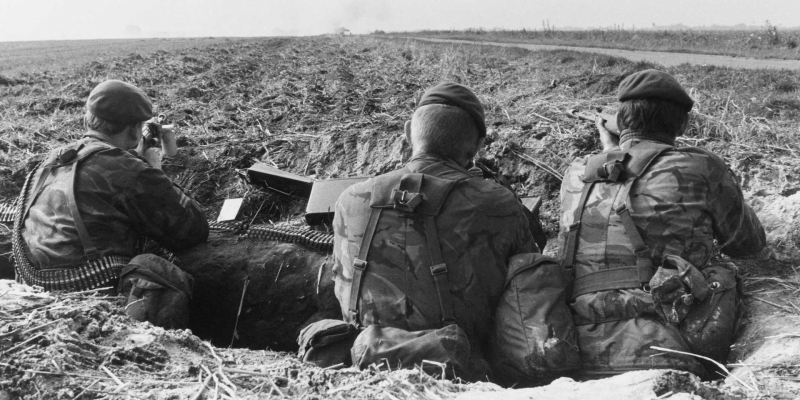
https://www.nam.ac.uk/ -
In movies and on television, American life during World War II is presented as being one of solidarity and unwavering support for the government and soldiers fighting the war. They are frequently humorously portrayed, like in movies that use housing shortages as the backdrop for romantic comedies. When rationing impacts are discussed at all, they are dismissed as minor inconveniences. According to the movie, Americans accepted rationing as their willing contribution to the war effort and did so stoically, if not joyfully.
In actuality, rationing was widely despised and undermined by the thriving illegal markets that grew throughout the war. During the war, hundreds of commodities were rationed, and ration books and prices regularly altered. Americans disliked having to set aside money and ration coupons in order to pay for things they thought were easily accessible. Meat, sugar, and fuel were among the products that were most frequently obtained through underground markets or using ration coupons that were fake.
Within a 30-mile radius of Pittsburgh, one resourceful journalist invested almost a tonne in black market beef in a matter of hours. Numerous posters condemning black markets and urging Americans to avoid doing business with dishonest vendors were created by the government throughout the conflict. They are living proof of the spectrum of rationing resistance in America throughout the war, as are the efforts of the Office of Price Administration (OPA) to crack down on black marketeers and rationing cheats throughout the conflict.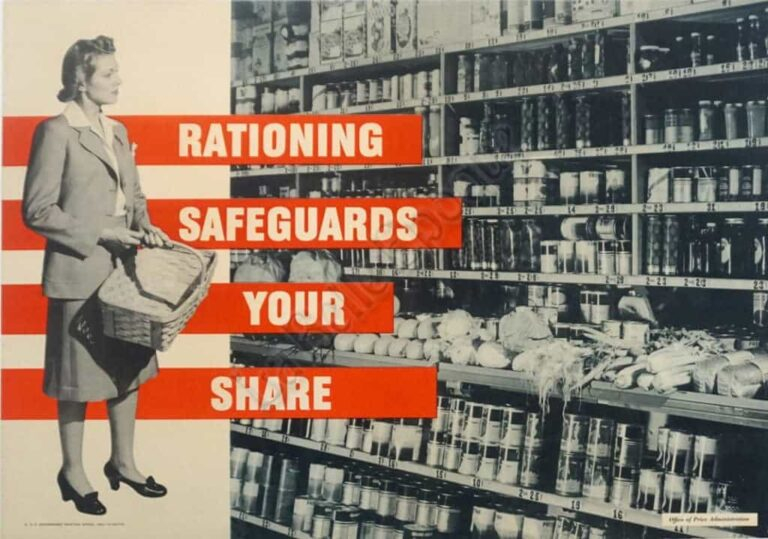
https://vintageposters.us/ 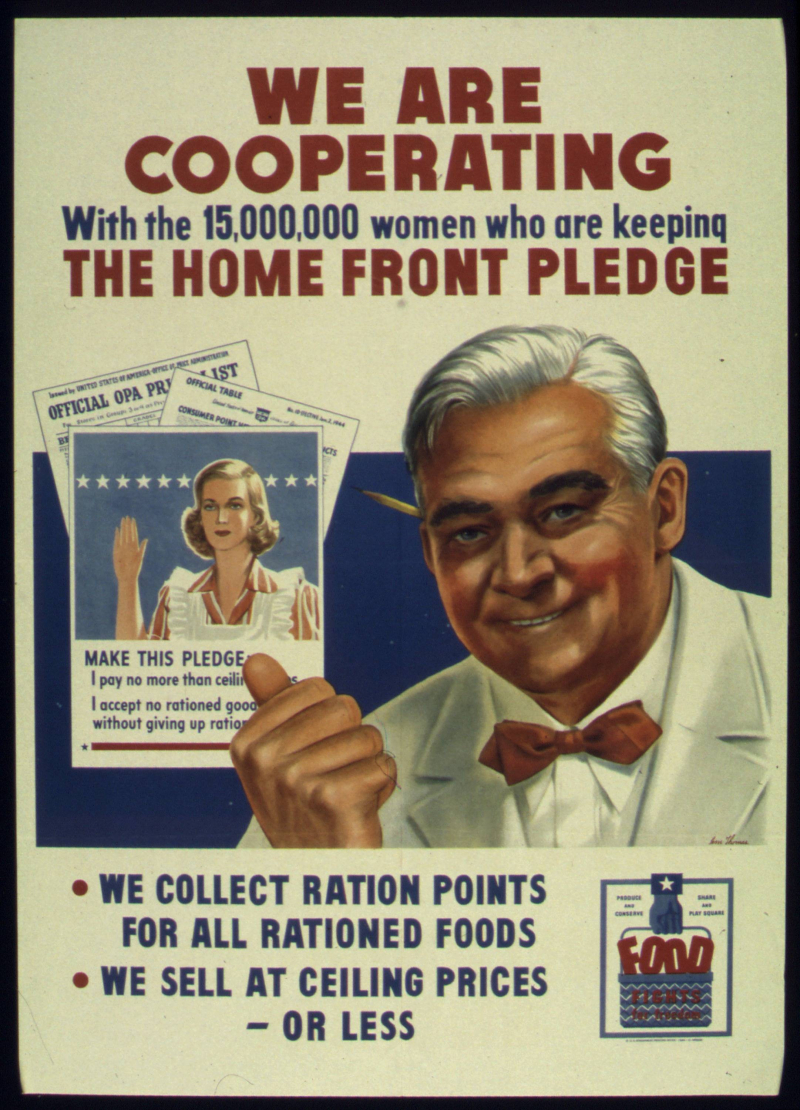
http://www.reddit.com/












